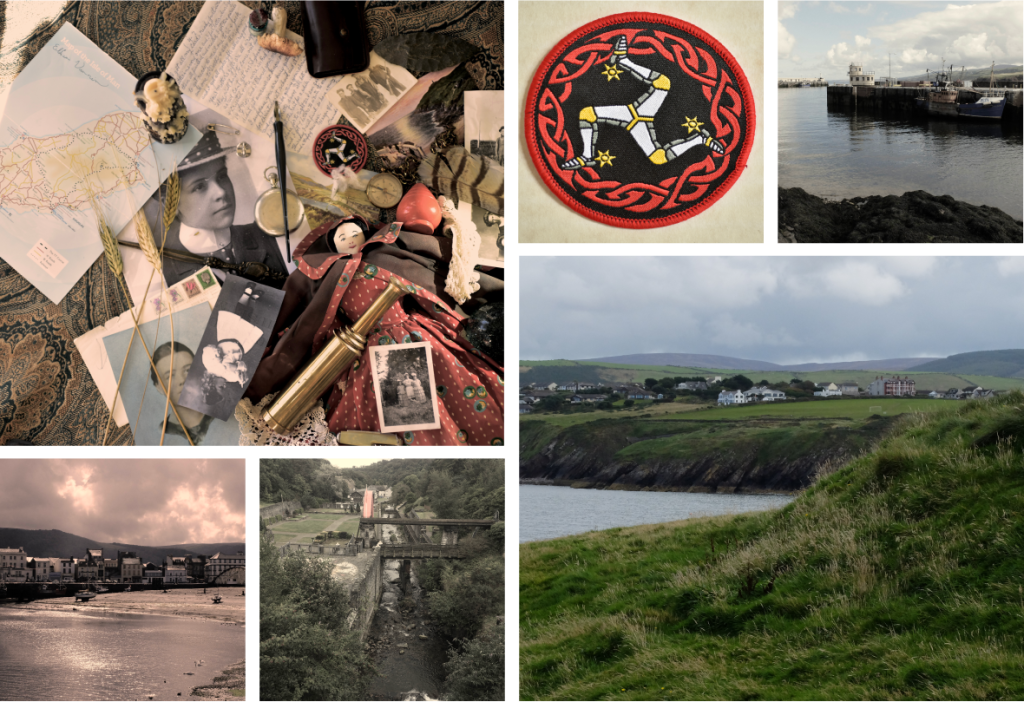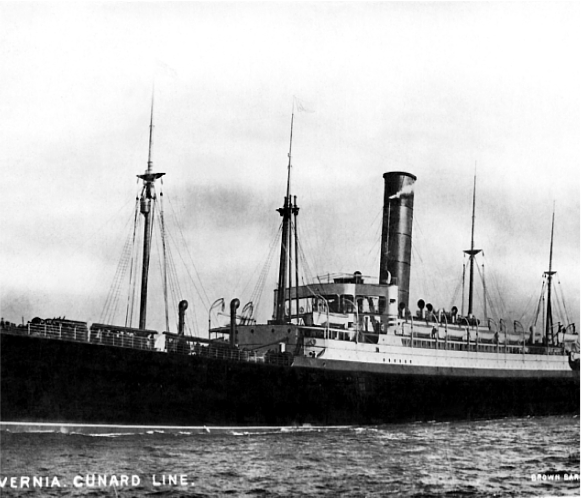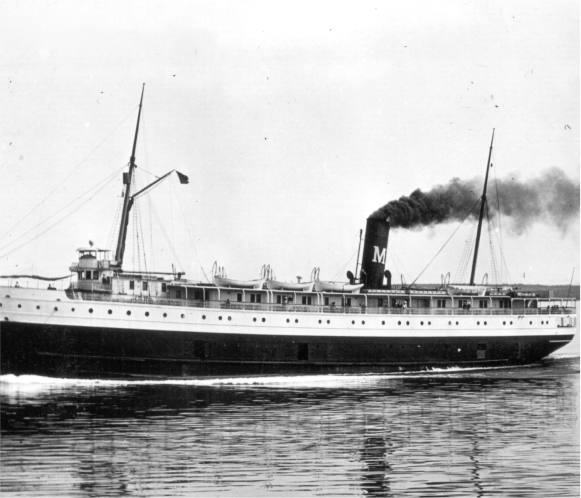The Author Behind the Words
Past generations struggled to survive and build a future. Lise writes historical fiction to shine a light on their experiences and reveal parallels with today.
“Those who cannot remember the past are condemned to repeat it.” George Santayana


About Lise
Lise Guyanne. Age 6, Grade One. What happened to that little freckle-faced girl, who believed in fairies? She left home early and discovered what it means to be homeless, afraid and lonely yet determined to fulfill her dreams of becoming a writer and a teacher. She married young, struck by love at first sight, and her husband, Jeremy, has been her wonderful partner for fifty years. The treasures of her life are her daughter, son-in-law and two beloved grandchildren. As a parent, teacher and school administrator, writing kept Lise grounded. She started journalling at age 10, and continues to this day.
Our Gallery
Listening to my grandparents’ stories of the “olden days,” I gleaned that in different ways, they’d all been brave, intrepid and dedicated to a dream bigger than themselves.


Isle of Man: The family departs, RMS Ivernia, 1905
A small island in the middle of the Irish Sea between Great Britain and Ireland, Man has a ten thousand year history. Its first people were Celtic. The Manx/Gaelic language goes back to the 5th Century A.D. The Norse ruled from the 8th Century, and the Tynwald, the seat of their government, is considered to be the oldest, continuous parliament in the world. The name “Man” is said to come from the sea god Manannán, who protected the island with his cloak of mists. The Manx name Ellan Vannin, means “Manannán’s Island.” The island is rich in natural beauty and faery lore. Dangerous, mythical creatures, like the Buggane and the Phynodderree, are preserved in stories and songs. The tradition of saying hello to “themselves” on Fairy Bridge endures.
Mackinac Island: Henry's first trip, Manitou, 1909
The Anishnaabek (also known as the Odawa, Ojibway and Potawatomi) tribes inhabited the Mackinac Island area for thousands of years. Mackinac Island was a meeting place for First Nations’ in the area, where Gitchi Manitou was honoured in traditional ceremonies. Manitou is an Algonquin word meaning “mystery,” representing the unknown power of life and the universe, connected to sun worship and mana, a personal, supernatural force. (Interesting how similar this is to Manánnan.) The island became a national park in 1875 and is now a state park. Cars were banned in 1898. Today, Mackinac Island is known as the top tourist destination in the United States. The Grand Hotel (1887) is the world’s largest summer hotel.


Manitoulin Island: Henry's second destination, Macassa, 1910
Manitoulin Island also has a long association with Gitchi Manitou, and is named for cave of the spirit Manidoowaaling, by the Ojibwe, Odawa and Potawatomi people. The land has been inhabited since at least 10,000 BC. It is the world’s largest fresh-water island, in the north end of Lake Huron. The island was abandoned for 150 years after wars with the Iroquois people. Native people began to return after 1812 and the island was set aside for them in 1836. In 1862, Treaty 94 land was offered for settlement through immigration, very cheaply. Though only fertile in some places, agriculture, sheep rearing and logging were important.
Surviving Beyond the Familiar
Time Enough takes a family steeped in love, music and faery lore, secure in their traditional life, and shatters the very foundation of their tiny cottage on the Isle of Man. As they face chronic disease and impending destitution, an offer of support arrives from an estranged brother. He nearly destroyed them once. Should they trust him? What choice do they have?

Sign Up for The Newsletter for Updates on Writing, Signings, and More


